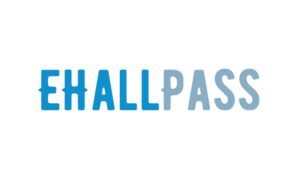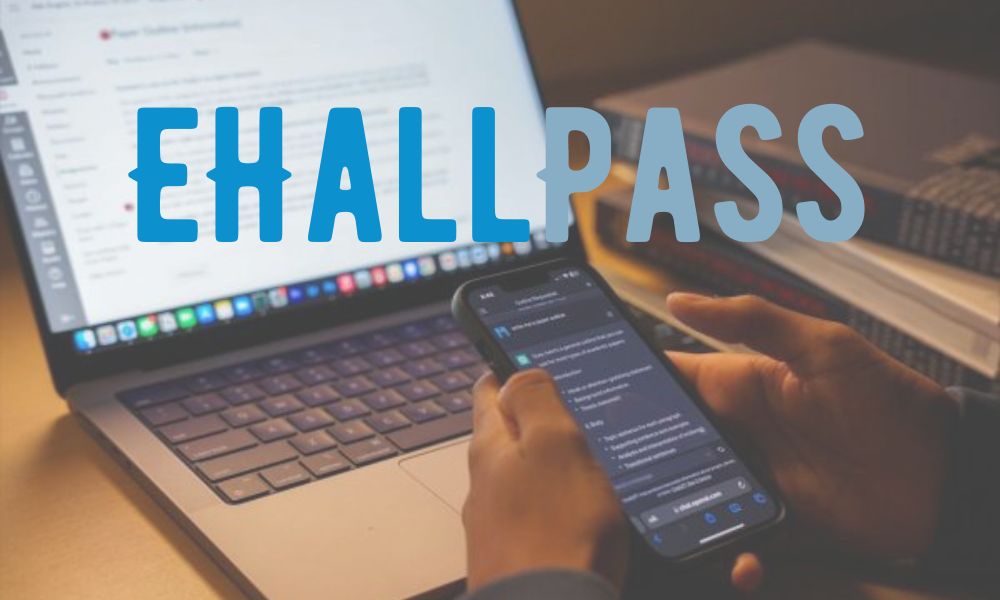The teacher PIN for Smart Pass is an important security feature that gives teachers control over their students’ accounts. Smart Pass is an online learning platform used by many schools and districts to deliver educational content, assign work, communicate with students, and more.

Introducing the Teacher PIN
With Smart Pass, each teacher is given a unique PIN that allows them to reset student passwords, unlock accounts, and monitor activity. Without knowing the teacher’s PIN, students do not have access to these controls. The PIN acts as a safeguard to prevent students from tampering with their accounts or the accounts of other students.
The main purpose of the teacher PIN is to give instructors oversight of their digital classrooms. As learning has moved increasingly online in recent years, schools need ways to maintain discipline and security virtually. The PIN gives teachers the ability to manage their students’ access and activities.
Resetting Passwords
One of the most common uses for the teacher PIN is resetting student passwords. Students often forget their passwords or accidentally get locked out of their accounts. Rather than having to contact Smart Pass support or an IT administrator, teachers can directly reset the password using their PIN.
This allows teachers to get students back online and working again within minutes. Without the PIN, password resets can take hours or even days, leading to lost instructional time. The instant reset ensures students have continual access using a temporary password set by the teacher.
Unlocking Accounts
In some cases, students might become suspended or locked out if there is suspicious activity detected in their Smart Pass account. Reasons range from too many incorrect login attempts to possible misconduct online. With the teacher PIN, accounts can quickly be restored without delay.
Teachers have the power to instantly unlock accounts to verify potential issues themselves firsthand. Rather than go through an arduous investigation process, teachers can use their judgment to get students back on track faster. Of course, serious or recurring problems should still be addressed with administrators.
Monitoring Usage and Progress
Finally, teachers rely on their PIN to actively monitor students while they are logged in and using Smart Pass. Within the administrative dashboard, teachers can view detailed usage reports to ensure students are on task. Important data like login and logout times, content being accessed, and time spent on activities can be viewed.

This allows teachers to pinpoint where students are excelling or struggling and provide extra help where needed. The usage reports tied to the teacher PIN create transparency around student progress to inform instructional decisions by teachers.
Student Security as Top Priority
While the teacher PIN enables numerous oversight functions, protecting student data and privacy continues to be treated with the utmost importance by Smart Pass. Teacher permissions are expressly for supporting student learning and success. Usage is carefully tracked and audited routinely as one essential check and balance.
Teachers are only permitted to access information about students enrolled directly in their classes. PINs are disabled promptly if teachers leave their role or transfer schools. Strict access controls block teachers from areas beyond their students in the system or risk account deactivation. Student data access adheres to the federal FERPA regulations around digital privacy at all times too.
The Smart Pass teacher PIN ultimately facilitates classroom management and progress monitoring in the virtual environment. But policies and protections remain firmly in place to prevent misuse while enabling teaching and learning with technology. Teachers undergo annual training on appropriately wielding their PIN privileges to maintain security standards for students.
Institutional Use Across Districts and Schools
Schools across the country have now integrated Smart Pass as their centralized online learning system for teachers and students alike. To scale across large districts and institutions, the teacher PIN serves as a universal tool for class oversight.
Yet even as adoption grows exponentially each year, every PIN itself is distinct per teacher per classroom. Schools can rest assured that unique PINs eliminate outside or unauthorized access to the vital digital learning environments relied upon daily. As learning pivots online, the teacher PIN is the linchpin granting adequate controls while shielding students from emerging risks.
PIN Management Procedures
With scaling usage, schools still need reliable procedures around ongoing PIN management each term. PINs remain static year to year for returning teachers. But new teachers require PIN assignment and exiting teachers need PIN deactivation. District technology staff bridge the technical administration of the platform with HR processes.
PIN assignments are coordinated as part of overall Smart Pass orientation and provisioning. Email distribution containing PIN codes affords an initial secure method beyond physical mail. Subsequent PIN login allows teachers to independently change the numerical code. Password complexity standards are enforced by the system during updates. Revocation of access for displaced teachers also occurs systematically based on status changes recorded in human resources databases.
Ultimately the interlinking of Smart Pass identity management with district-wide systems enables fluid PIN utilization. Teachers obtain control of classrooms instantly while oversight bodies monitor appropriate access. Automated procedures ensure PINs remain highly secure access credentials granting imperative instructional powers.
The PIN’s Evolving Functionality
Since launching the Smart Pass teaching platform years ago, steady improvements have expanded the functionality tied to the teacher PIN. As technology progresses, more analytical insights and visibility options supplement the base access controls. AI now detects early warning signs allowing teachers to intervene faster when issues arise.
The roadmap around the PIN’s capabilities continues extending to solve persistent teaching problems. Fighting ever-increasing digital distractions is a priority to maintain engagement during online lessons. Expanding integrations with supplemental apps used in classroom further unify the experience under the PIN umbrella.
The teacher PIN serves as the common key unlocking new innovations contained in each Smart Pass software update. What began as a simple access tool now interlinks whole ecosystems of digital learning technologies teachers once had to cobble together independently. Soon the PIN may orchestrate personalized learning via integrated automation.
Ongoing development intends the PIN to grant teachers sweeping power over urgent dilemmas. Providing one easy solution supports classrooms without adding hassle to educators’ overfilled plates. The convenient PIN puts teachers back in charge of learning environments that otherwise might be overwhelmed.
In Conclusion
The Smart Pass teacher PIN underpins key system functions allowing instructors to administer classes, monitor students, and unlock access when needed. As online learning ascends in modern contexts, the PIN becomes the crux of classroom oversight. Yet simultaneously, student protections and ethical usage reinforce why granting such control requires careful governance.
Schools around the world now rely on PIN infrastructure to enable teaching through technology. But just as in physical spaces, digital classrooms depend on balanced security policies that serve institutions and individuals alike. The PIN ultimately symbolizes this symbiotic relationship where access facilitates progress through accountable systems seeking to enrich educational experiences.